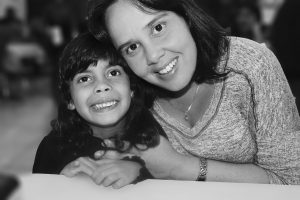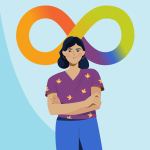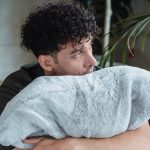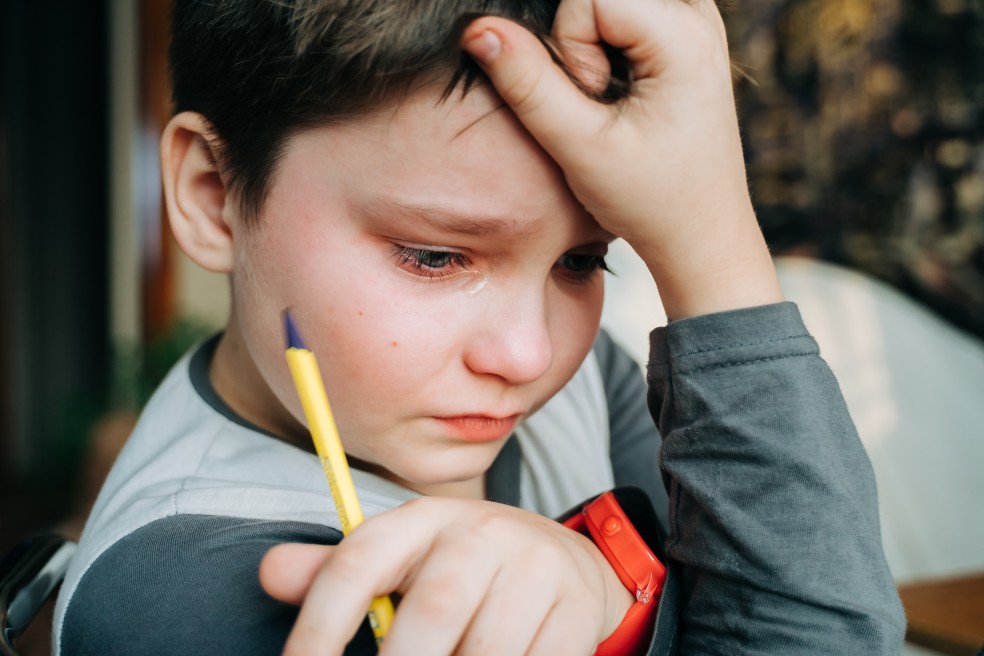Autism Risk Estimated at 3 to 5% for Children Whose Parents Have a Sibling With Autism
 Roughly 3 to 5% of children with an aunt or uncle with autism spectrum disorder (ASD) can also be expected to have ASD, compared to about 1.5% of children in the general population, according to a study funded by the National Institutes of Health. Researchers also found that a child whose mother has a sibling with ASD is not significantly more likely to be affected by ASD, compared to a child whose father has a sibling with ASD. The findings call into question the female protective effect, a theory that females have a lower rate of ASD than males because they have greater tolerance of ASD risk factors.
Roughly 3 to 5% of children with an aunt or uncle with autism spectrum disorder (ASD) can also be expected to have ASD, compared to about 1.5% of children in the general population, according to a study funded by the National Institutes of Health. Researchers also found that a child whose mother has a sibling with ASD is not significantly more likely to be affected by ASD, compared to a child whose father has a sibling with ASD. The findings call into question the female protective effect, a theory that females have a lower rate of ASD than males because they have greater tolerance of ASD risk factors.
The results, derived from records of nearly 850,000 Swedish children and their families, appear in Biological Psychiatry. The study was conducted by John N. Constantino, M.D., at Washington University in St. Louis, and colleagues in the United States and Sweden.
“The results offer important new information for counseling people who have a sibling with ASD,” said Alice Kau, Ph.D., of the Intellectual and Developmental Disabilities Branch of NIH’s Eunice Kennedy Shriver National Institute of Child Health and Human Development (NICHD), which funded the study. “The findings also suggest that the greater prevalence of ASD in males is likely not due to a female protective effect.”
Additional NIH funding was provided by the National Institute of Mental Health.
Background
ASD is a complex neurological and developmental disorder that begins early in life and affects how a person interacts with others, communicates, and learns. Previous studies have found that roughly 3 times more males than females have ASD. Reasons for the difference are unknown.
One possible explanation is that females have a built-in resistance to the genetic factors leading to autism. With such a female protective effect, the theory holds that many women could carry such risk factors and be unaffected, but could transmit them to their sons, who lack the protective effect and may develop ASD.
Findings
In the current study, researchers analyzed data from Swedish national registers of births and family relationships. The children were born from 2003 to 2012. Roughly 13,000 children were diagnosed with ASD, about 1.5% of the total. Offspring of mothers with one or more siblings with ASD were about three times more likely than children in the general population to have ASD. Children of fathers with one or more siblings with ASD were twice as likely as children in the general population to have ASD, a rate that did not differ significantly than that of children whose mothers have a sibling with ASD. According to the study authors, the results provide the first population-wide estimate of ASD risk to children of parents who have a sibling with ASD.
This finding challenges the existence of a female protective effect, Dr. Constantino explained, because if such an effect existed, the children of mothers with a sibling with ASD could be expected to have up to a 30% higher risk of ASD. Similarly, the researchers found no statistically significant increase in ASD risk for children whose uncles have ASD, compared to children whose aunts have the condition.
Reference
Bai, D et al. Inherited risk for autism through maternal and paternal lineage. Biological Psychiatry. 2020.
Source: Eunice Kennedy Shriver National Institute of Child Health and Human Development | Release: Autism risk estimated at 3 to 5% for children whose parents have a sibling with autism, https://www.nichd.nih.gov/newsroom/news/051820-autism-risk | public domain
To schedule an evaluation or to get advice about your child’s challenges, call or email a CHC Care Manager at 650.688.3625 or careteam@chconline.org





